Hope you’re hungry because the answer is both
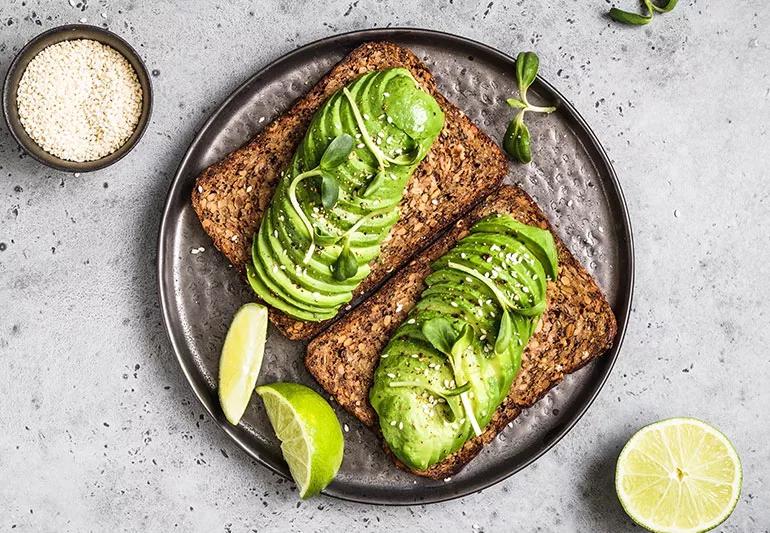
A well-planned workout begins and ends the same way: with eating the right foods.
Advertisement
Cleveland Clinic is a non-profit academic medical center. Advertising on our site helps support our mission. We do not endorse non-Cleveland Clinic products or services. Policy
How you fuel and refuel before and after exercise helps determine the actual fitness-building benefit of the session. That’s true whether you’re lifting weights, running miles or swimming laps, too.
So how can you maximize the effort that goes into spilling every drop of sweat? Let’s find out with sports dietitian Kate Patton, MEd, RD, CCSD, LD.
One question comes up repeatedly when it comes to food and workouts: Is it better to eat before or after a training session? That’s a tough one to answer, and here’s why: They’re both important, says Patton.
Munching before exercising provides your body with the energy it needs to power through the session. Chowing down afterward helps with recovery.
Not just any old fuel will do, though. It’s important to put the right stuff in your tummy tank. Foods rich in carbohydrates and protein provide the nutritional building blocks your hard-working body needs.
“Carbs supply the energy to carry you through your workout,” says Patton. “Protein provides amino acids that your body uses to repair and build muscle.”
Together, they form a mighty one-two punch that would gain a CrossFit instructor’s approval.
Timing, though, is key.
You wouldn’t start a road trip without gassing up the car, right? The same principle applies to preparing your body for exercise. “You don’t want to start on empty,” says Patton.
Advertisement
Ideally, try to eat a well-balanced meal three to four hours ahead of your workout. Your plate should feature carbohydrates and a moderate amount of lean protein. Limit fats and fiber, which digest more slowly and can upset your stomach while bouncing around during a workout.
The closer you get to exercise time, the less you want to gobble down to avoid belly issues during the activity, says Patton. Think more along the lines of a snack than an actual meal.
“Everybody is different, though,” says Patton. “It comes down to what you can tolerate.”
If you’re waking up and working out, loading up with a meal a few hours ahead of time isn’t exactly an option. (Unless you want to set your alarm clock for 2 a.m., of course… but who wants to do that?)
“When you wake up, your blood sugar is at your lowest,” says Patton. “Eating something like a piece of fruit or granola bar can give you a needed boost.”
Consider the intensity of your workout, too. If it’s an easy-going, 30-minute session, you may be able to get away with skipping a pre-workout snack. “But if you’re going for an hour or more, you really should get something to eat,” says Patton.
Working out on an empty stomach also could cost you what you’re trying to build — namely, muscle. It’s beneficial to have some protein, the building blocks of muscle, in your system while training If you want to grow and strengthen muscles.
Stamina may also be an issue if your body is running low on fuel, meaning your workout could quickly turn into a dud.
“You’re better off to eat,” says Patton. “It doesn’t have to be much. Just enough to get through.”
Let’s get that pre-workout menu set.
If you’re able to plan a meal three to four hours in advance, here are some high-quality choices that check multiple boxes for carbs and protein:
Focus on hydration, too, consuming at least 16 to 20 ounces of additional fluid in preparation for the sweating that awaits, says Patton. (Fast fact: The average person loses about 1 liter, or 34 ounces, of fluid per hour of exercise.)
Closer to go time, grab a quick bite to give your body an extra lift. Food and drink options for 30 to 60 minutes before your workout include:
You just put your body through a lot and depleted its power reserves. Now, it’s time to restore that energy supply, says Patton.
Look to grab a quick, protein-packed snack 15 minutes to an hour after your workout to begin refueling. Starting the process right away can help ward off muscle soreness, tightness and cramping. (It’s important to rehydrate and replace lost electrolytes, too.)
Advertisement
It’s possible your appetite may be low after exercising, or you just can’t stomach food right away. In that case, look for a liquid food option such as a protein drink or chocolate milk. Just don’t skip getting something into your system.
“If you don’t eat and drink after working out, you may start to feel fatigued or even hangry,” says Patton. “It’s an important part of your recovery.”
That quick bite should be followed a few hours later by a nutritious meal chock-full of carbs and protein. Consider it the final rep, mile or lap of your earlier workout.
Catch your breath right after your workout with these protein- and carb-heavy refueling options:
Make sure to rehydrate ASAP, too. A sports drink that replenishes lost electrolytes is ideal.
Your next meal a few hours after training also should be packed with proteins and carbs, says Patton. Consider these options:
Advertisement
Workouts aren’t all the same, so eating plans aren’t, either.
If you’re into endurance-based activities like running, cycling or swimming, your diet should lean more heavily on carbs to supply a longer-lasting energy source. The rule of thumb is about 4 grams of carbohydrates for every gram of protein per meal, says Patton.
But protein should fill up more of your plate if you’re focused on muscle-building strength training, such as powerlifting. On that plan, it’s about 2 grams of carbs for every gram of protein. (Yes, carbs are still important.)
For an active person who’s not necessarily focused specifically on endurance or strength training, camp out in the middle ground: 3 grams of carbs for every gram of protein. (Learn more about meshing diet and exercise for weight loss with tips from an exercise physiologist.)
“What you eat and when you eat can be as important as your workout,” says Patton. “It deserves the same attention.”
Advertisement
Learn more about our editorial process.
Advertisement

This strategy doesn’t boost metabolism, but it may help maintain weight loss

A low-FODMAP elimination diet can help identify your symptoms
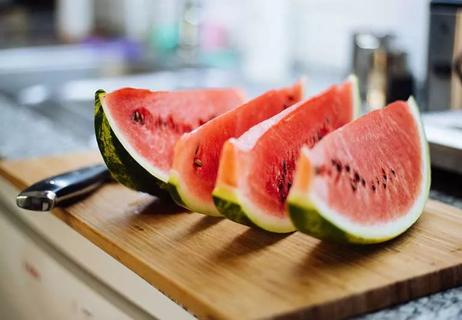
Packed with vitamins and nutrients, watermelon can be enjoyed all year ’round
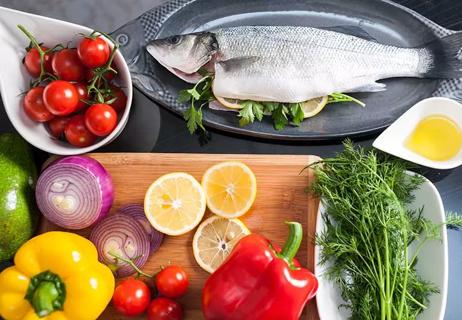
Low-sodium and nutrient-rich foods are your best bets

Research shows your blood type doesn’t matter when it comes to what you eat
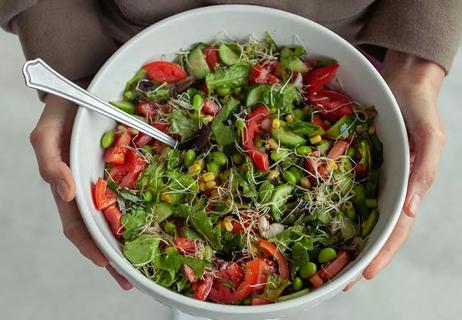
Consider one of these plans to improve your health and eating habits

Here’s what to add to your grocery list and how you can pull together cheap but healthy dinners

It’s all about volume; lose weight by filling up on low-calorie, nutrient-dense foods
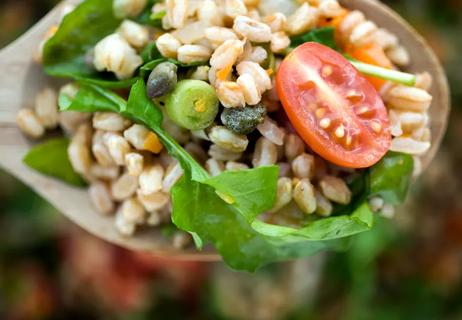
Type 2 diabetes isn’t inevitable with these dietary changes

Applying a hot or cold compress can help with pain